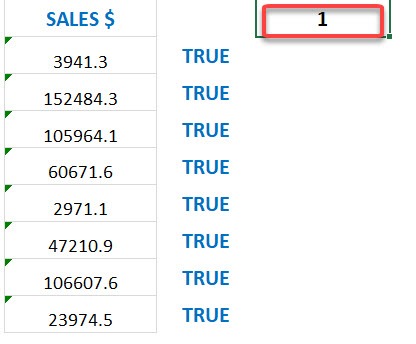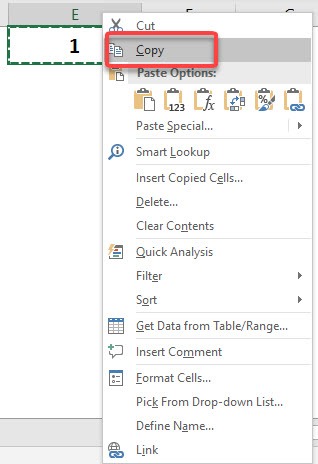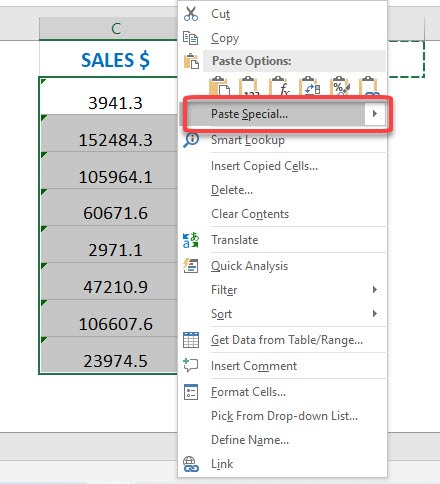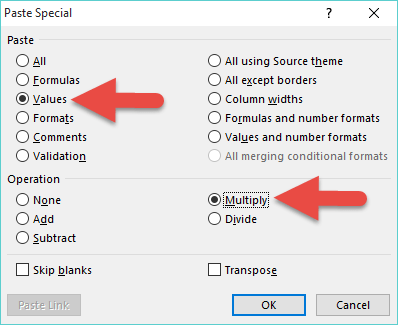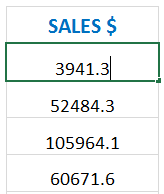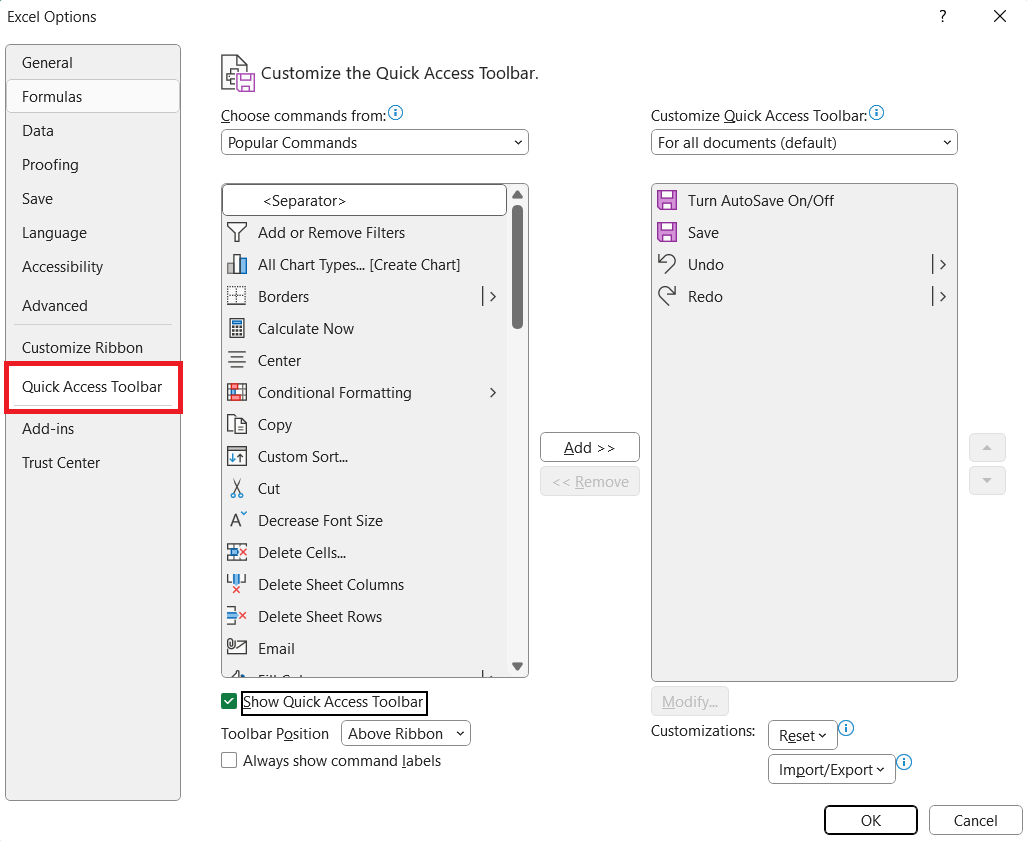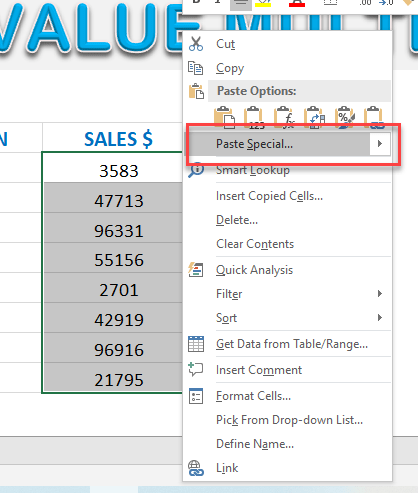Diving into Excel’s trove of features can be intimidating, but the ‘Paste Values’ function stands out as a cornerstone capability that you’ll find yourself using over and over again. Imagine the convenience of transferring numbers from one worksheet to another without the formatting hassle, or sharing a table without the underlying formulas. That’s the sort of magic ‘Paste Values’ brings to your fingertips – all the data you need, none of the extra baggage.
Key Takeaways:
- The Excel Paste Values shortcut is a vital tool for professionals working with financial data, allowing the transformation of formula-driven results into static values without other formatting or formulas, thus preserving data integrity and simplifying communication.
- Popular shortcuts to paste values in Excel include: “ALT + E + S + V”, “Ctrl + ALT + V”, and “ALT + H + V + V”, providing users with multiple quick and efficient ways to perform this action according to their workflow preferences.
- Utilizing the Paste Values shortcut can greatly enhance productivity by saving time and reducing complexity, particularly in the finance industry where precise and clear data transfer is essential.
Table of Contents
Your Shortcut to Efficiency
Efficiency isn’t just about doing things faster; it’s about doing them smarter. Incorporating ‘Paste Values’ shortcuts into your daily routine can be a game-changer, transforming the tedious task of re-entering data into a swift keystroke. It’s like finding a secret passage that lets you bypass the time-consuming pathways of manual input and formatting adjustments. Embrace these shortcuts, and watch as they carve out more time in your day for high-priority projects and critical analysis.
Understanding Paste Values Shortcuts
What is Paste Values?
‘Paste Values’ is a precision tool in Excel that allows you to copy the raw data from a cell and paste it elsewhere without any of the original cell’s formulas, formatting, or comments. Picture yourself wanting just the final figures from a complex spreadsheet. By using ‘Paste Values’, you extract the numbers as they are, leaving behind any complicated calculations or visual styles tied to the original source. This is incredibly useful when you want to compile or report data without altering its essence or risking reference errors.
When and Why to Use Paste Values
Whether you’re compiling quarterly reports or running scenario analysis, ‘Paste Values’ comes in handy. Its power lies in preserving data integrity while you reorganize and analyze. For example, if you want to “freeze” the results of formulas for a snapshot in time, ‘Paste Values’ seals those figures into place. It’s also perfect for when you’re aiming to paste numbers or text into a range that has pre-existing formatting since ‘Paste Values’ won’t alter any established cell styles, ensuring your spreadsheets remain clean and consistent.
Let us say you have a series of numbers that’s formatted as Text. Converting it to values is easy:
STEP 1: Enter the number 1 in an empty cell
STEP 2: Copy that cell
STEP 3: Select the data range, Right Click and select Paste Special
STEP 4: Select Values & Multiply and press OK
Your data will be transformed into values:
Mastering the Top Paste Values Shortcuts
Keyboard Commands: Speed up Your Workflow
Imagine slicing your spreadsheet tasks in half with the power of keyboard shortcuts. For the ‘Paste Values’ feature, these commands are your productivity sidekicks. Seasoned Excel users know these combinations by heart:
- Alt + E + S + V + Enter on Windows (or Ctrl + Cmd + V on a Mac) serves up the ‘Paste Values’ option lickety-split.
- Another lightning-quick path is Alt + H + V + V for Windows users, getting you to ‘Paste Values’ with a flourish.
Not to mention, you can even assign a custom Quick Access Toolbar (QAT) Button shortcut like Alt + 1 that takes you directly there, no menu navigation required! They’re not just shortcuts; think of them as your express lanes to productivity.
The Right-Click Menu: A Handy Alternative
When you right-click in Excel, a world of convenience opens up. That’s especially true for using ‘Paste Values’. Just select the cell or range you’ve copied, right-click your destination, and choose ‘Paste Special’. From that submenu, clicking ‘Values’ will transfer the data without format baggage – sheer simplicity.
Plus, if you find yourself reaching for ‘Paste Values’ frequently, why not streamline your process? Add it to your Quick Access Toolbar (QAT), and it’s always just a click away – a real-time saver! Depending on its position in the QAT, you can even summon it with a nifty Alt shortcut.
Advanced Paste Values Techniques
Pasting to Visible Cells Only
Ever found yourself in the labyrinth of a large dataset wishing you could paste values into visible cells only, with no regard to those lurking rows and columns hidden by filters? Well, ‘Paste Values’ comes with a nifty trick up its sleeve. After copying the desired cells, select the filtered range where you want to paste. Then, hit ‘Alt + ;’ to select only the visible cells, and paste the values right in. This sniper precision ensures that your hidden data remains pristine and untouched, a crucial factor when dealing with complex datasets.
Tackling Common Challenges with Paste Values
Working with ‘Paste Values’ can sometimes throw a curveball, especially when dealing with varied data formats or managing large datasets. A common issue arises when pasting into a range with different formatting, where maintaining consistency is key. To navigate this, before pasting, prep your range with the desired format, paste the values, and voilà – no unintended style changes.
Another frequent challenge is accidental overwriting of formulas when you intend to paste only values. Staying vigilant about your selection and using ‘Undo’ (Ctrl + Z) can save you from these mishaps. Remember, practice makes perfect, and soon, handling ‘Paste Values’ like a pro will be second nature.
Expanding Your Excel Toolkit
More Excel Keyboard Shortcuts for Power Users
After you’ve conquered ‘Paste Values’, you might feel the itch to delve deeper into Excel’s treasure chest of shortcuts. Expand your prowess with formulas, pivot tables, and data analysis without ever touching your mouse! Here’s a teaser:
- Want to zip through cells? “Ctrl + Arrow Key” transports you to the edge of the data region.
- Need to add a new worksheet quickly? “Shift + F11” is your ticket to instant expansion.
- Craving a flash fill? “Ctrl + E” will auto-complete data for you like magic.
As you stack these shortcuts to your repertoire, you’ll notice how each session with Excel becomes a finely tuned performance — a symphony of keystrokes crafting your data narrative.
Discover Advanced Paste Special Shortcuts
Beyond just values, Excel’s ‘Paste Special’ offers a suite of advanced features to boost your productivity. Explore shortcuts that let you paste just the number formats, transpose data to switch rows to columns, or perform operations like adding a fixed number to a range of cells on the fly. Each one is a time-saver that elevates your Excel experience.
To tap into these powers:
- Use “Alt + E + S + T” to transpose.
- For number formats, “Alt + E + S + N” does the trick.
- And to add, subtract, multiply, or divide by a value, dial in “Alt + E + S + D” and select the operation you need.
These advanced shortcuts weave complexity into simplicity and leave you looking like an Excel sage.
FAQs
How do you Paste Values using a keyboard shortcut?
To paste values quickly using a keyboard shortcut in Excel, first copy the cell or range. Then, press “Ctrl + Alt + V,” which opens the Paste Special menu, followed by pressing “V” to select Values, and then “Enter” to complete the paste. This pastes the copied data as values, excluding formulas, formatting, and comments.
Can you paste values without using the mouse or the ribbon?
Absolutely, you can paste values without resorting to the mouse or ribbon. Just use the keyboard shortcut “Ctrl + Alt + V,” followed by pressing “V,” and then hit “Enter.” This sequence swiftly pastes the copied information as plain values, skipping all the formatting frills and formulae found in the original cells.
What are some common issues users face with Paste Values?
Users often face issues such as pasting values into cells with unintended formatting, inadvertently overwriting formulas, or copying incorrect values due to hidden rows or columns. Additionally, newer users might find remembering the various shortcuts a bit daunting at first, but with practice, these become second nature.
John Michaloudis is a former accountant and finance analyst at General Electric, a Microsoft MVP since 2020, an Amazon #1 bestselling author of 4 Microsoft Excel books and teacher of Microsoft Excel & Office over at his flagship MyExcelOnline Academy Online Course.

